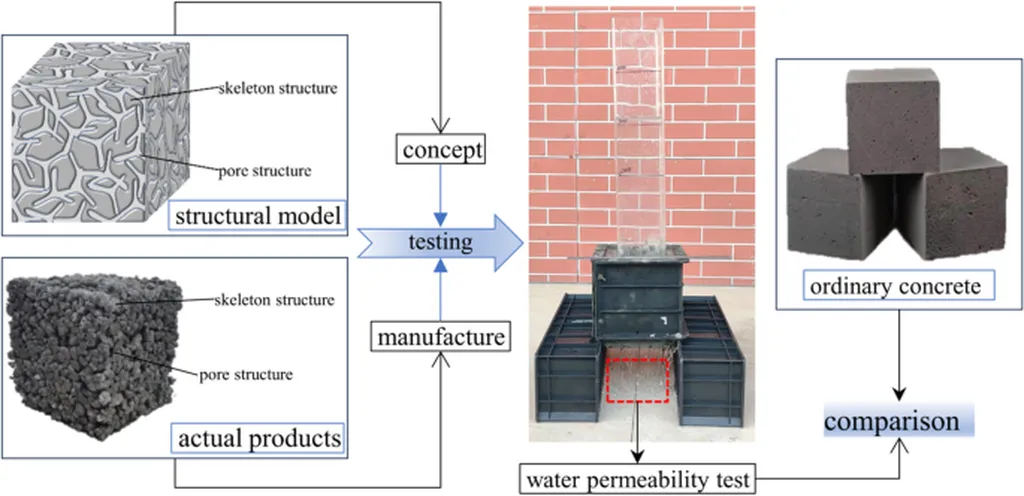In the quest for sustainable construction materials, researchers are turning to innovative methods to repurpose waste. A recent study published in the *Journal of Applied Science and Engineering* (translated from Chinese as *Journal of Applied Science and Engineering*) has shed light on a promising approach: using recycled brick aggregates (RBAs) in concrete. The research, led by Kaiying Liu from the Department of Architectural Engineering at Heze Vocational College in Shandong, China, focuses on estimating the elastic modulus of concrete made with RBAs, a critical factor in determining the material’s suitability for construction.
The study compares two hybrid optimal approaches— the Prairie dog algorithm (PDA) and the Brown bear algorithm (BBA)— when combined with a conventional machine learning method known as the Decision tree (DT). The goal is to simplify the process of determining the elastic modulus of RBA, or E_RBA, a key property that influences the stiffness and durability of concrete.
Liu and his team analyzed a computational database comprising 123 test results from previous research. They used 75% of the data for learning and the remaining 25% for validation. The results were impressive. The DTBBA approach, which combines the Decision tree method with the Brown bear algorithm, outperformed the DTPDA approach, achieving R2 values of 0.9705 and 0.9734 during the learning and evaluation phases, respectively. “The DTBBA approach demonstrated a high level of operational dependability,” Liu noted, highlighting the potential of this method for accurate estimation of E_RBA.
The implications of this research are significant for the construction industry, particularly in the context of sustainability. By utilizing RBAs, construction companies can reduce waste and lower the environmental impact of their projects. “This study provides a robust framework for estimating the elastic modulus of RBAC, which is crucial for its widespread adoption in the construction sector,” Liu explained.
The commercial impacts for the energy sector are also noteworthy. As the demand for sustainable building materials grows, the ability to accurately estimate the properties of RBAC can drive innovation and efficiency in construction practices. This research could pave the way for more sustainable and cost-effective building solutions, ultimately benefiting both the environment and the economy.
In the broader context, this study highlights the potential of machine learning and optimization algorithms in advancing sustainable construction practices. As Kaiying Liu’s research demonstrates, the intersection of technology and sustainability offers exciting opportunities for the future of the construction industry. With further development and application, these methods could revolutionize the way we build, making our structures not only stronger but also more environmentally friendly.

